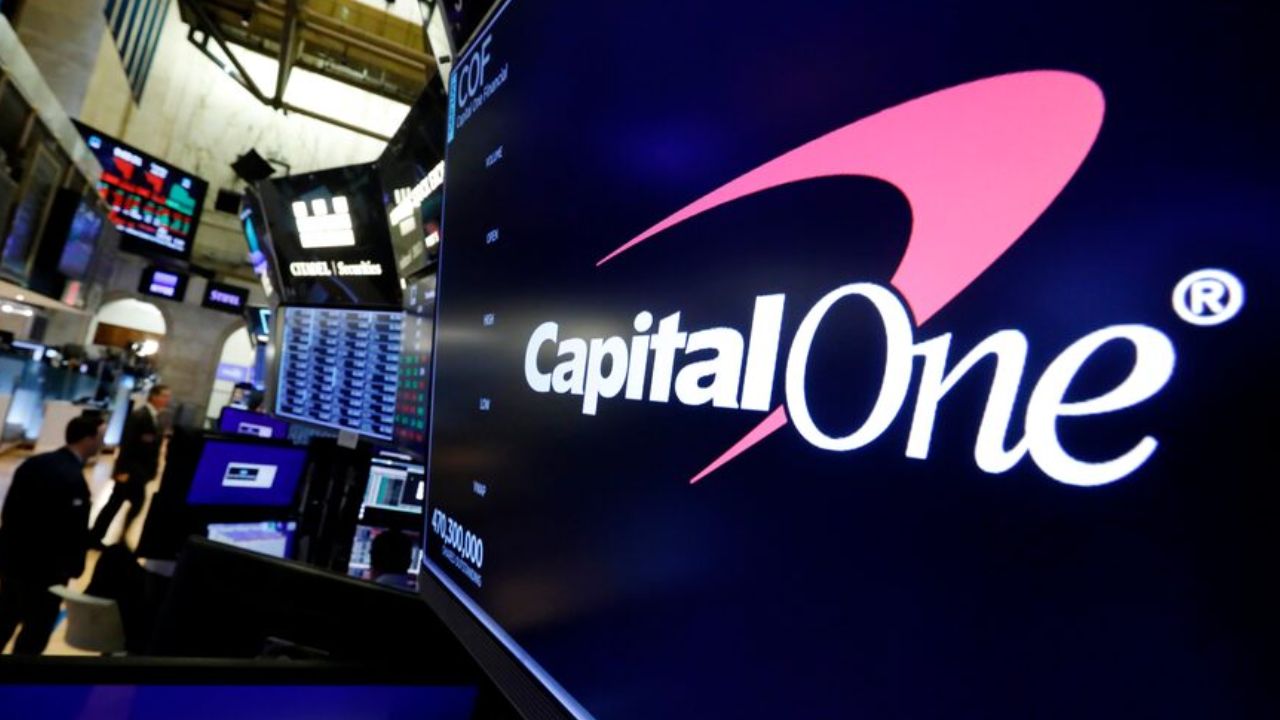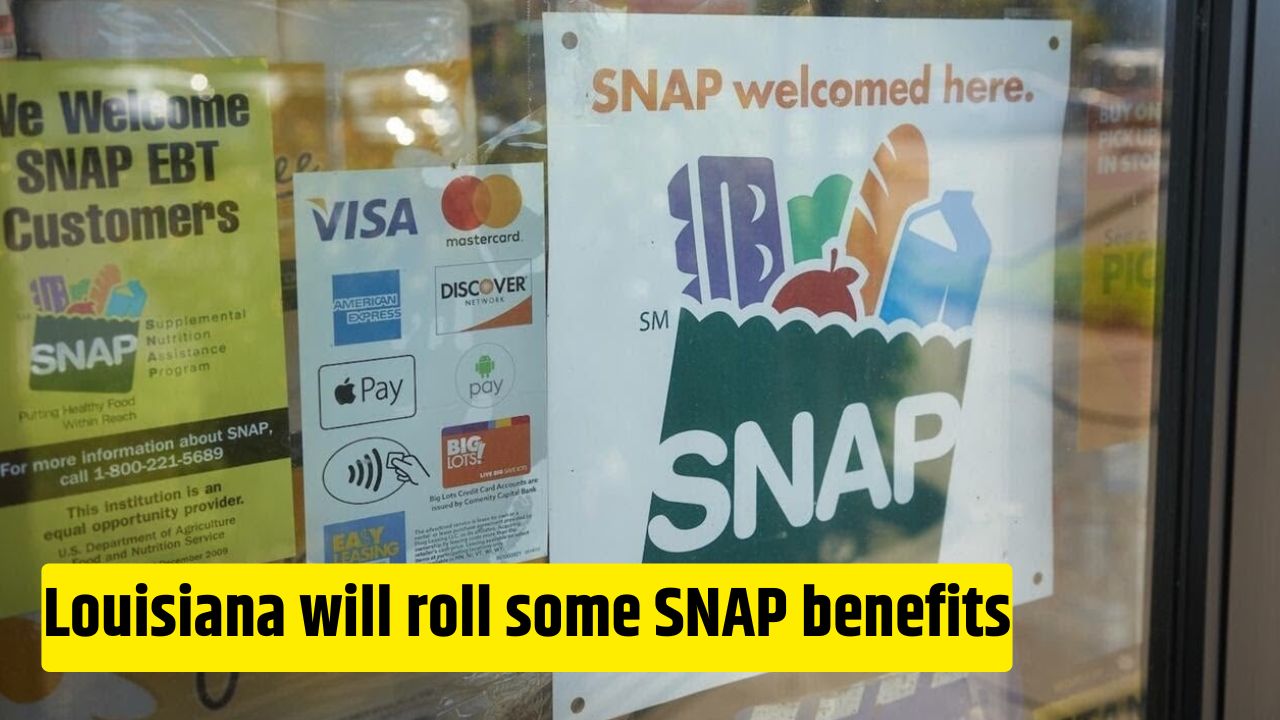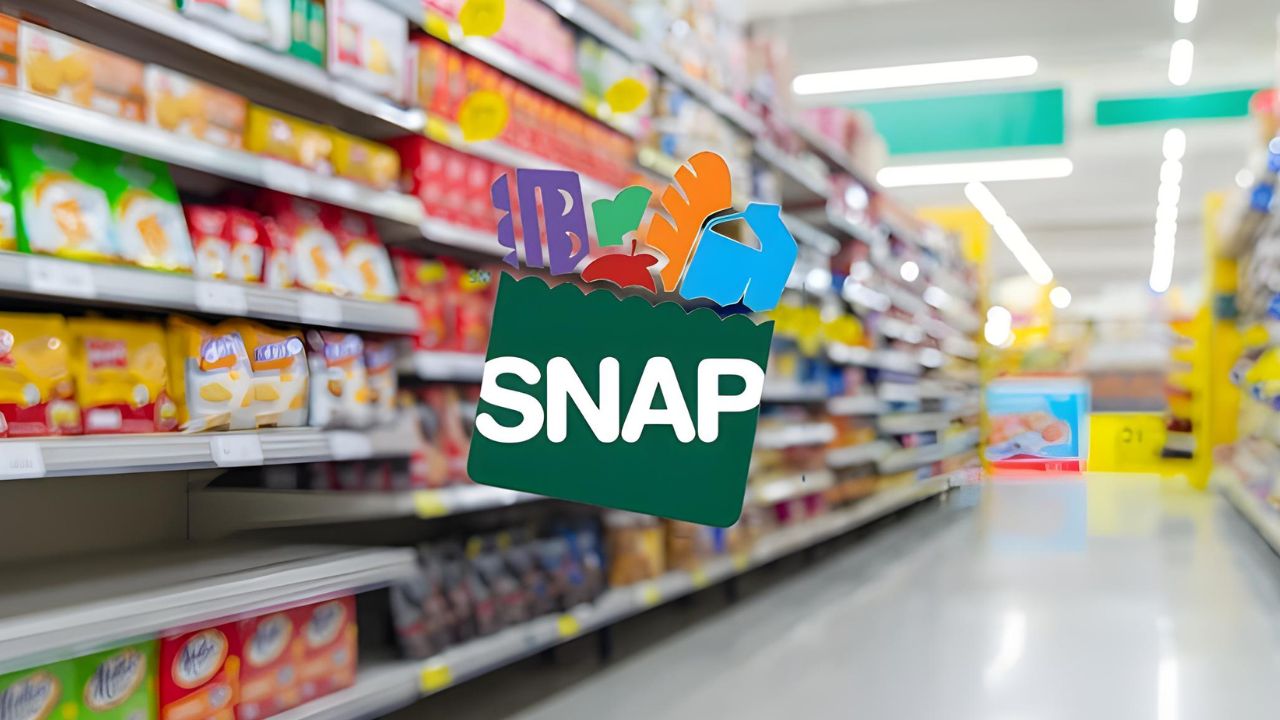By November 2025, the Capital One $425 million settlement has shifted from breaking news to payout reality. Claims are closed, the final hearing is just days away, and for millions of customers, the story has turned into a lesson in quiet losses — how staying loyal to a bank can slowly drain your earning power.
For a company that built its brand on “What’s in your wallet?”, this case made a lot of people take a hard look at exactly that.
Why the Lawsuit Struck a Nerve
Between 2019 and 2025, Capital One’s long-running 360 Savings Account paid a paltry 0.3% interest rate — barely above zero. Meanwhile, new customers opening the 360 Performance Savings Account after 2022 were earning about 4.3%. Same bank, nearly identical product, wildly different outcomes.
That seemingly tiny gap compounded into billions of dollars in lost earnings for long-term savers who never switched. According to Consumer Financial Protection Bureau (CFPB) filings, regulators flagged the practice for “potentially misleading marketing” and a lack of transparency about rate differences.
Although the CFPB inquiry wrapped earlier in 2025 without a formal penalty, a separate class-action lawsuit brought by account holders took the issue further. By midyear, Capital One agreed to a $425 million settlement, while denying any wrongdoing.
A spokesperson said the company was “committed to resolution and customer confidence.” For customers, that confidence came too late.
The Core Allegations
The lawsuit claimed that Capital One:
- Advertised the 360 Savings Account as “high-interest,” even when newer accounts paid much more.
- Failed to notify existing customers that they could switch to better-paying accounts.
- Profited from customer loyalty, allowing legacy savers to sit in outdated, low-yield accounts for years.
Consumer advocates called it a “loyalty penalty.”
“These weren’t dormant accounts,” said an attorney with the National Consumer Law Center. “These were long-term savers who trusted their bank — and that trust was taken advantage of.”
Who Qualifies — and How
If you held a Capital One 360 Savings Account between September 18, 2019, and June 16, 2025, you’re part of the class.
| Criteria | Details |
|---|---|
| Account Type | Capital One 360 Savings Account |
| Eligible Period | Sept. 18, 2019 – June 16, 2025 |
| Who Qualifies | Current and former account holders during that window |
Even if your account is now closed, you remain eligible as long as it was active during that timeframe.
What You Could Receive
| Section | Details |
|---|---|
| Past Interest Compensation | The difference between what you earned and what you should have earned under the 360 Performance Savings rate for the same period. |
| Future Rate Protection | Active 360 Savings Accounts must now earn at least twice the FDIC national average savings rate, as published on fdic.gov. |
That second term is key — it means Capital One can’t leave legacy savers behind again.
The Timeline — and What Happens Next
| Step | Date |
|---|---|
| Claims/Objections Deadline | October 2, 2025 (closed) |
| Final Approval Hearing | November 6, 2025 |
| Payment Distribution | Begins after court approval and claim verification |
The settlement administrator has confirmed that claim verification is already in motion. Payouts — via check or direct deposit — are expected to start in December 2025, pending the court’s green light.
Customers can check status updates through the official portal linked from Capital One’s website, once final approval is granted.
Why This Case Matters Beyond Capital One
This isn’t just a class-action payout — it’s a referendum on transparency in banking.
For years, major banks have rolled out new “premium” savings accounts for new customers while letting older ones languish at a fraction of the yield. Most people never notice. They trust the brand, assume the rate updates automatically, and quietly lose thousands in interest.
That practice may now face wider scrutiny. Analysts expect ripple effects for Chase, Wells Fargo, Ally, and other digital banks that run parallel account lines.
“The lesson is simple,” said a financial analyst on CNBC. “If your savings rate hasn’t changed in two years, your bank isn’t rewarding loyalty — it’s profiting from it.”
What Account Holders Should Do Now
If you ever had a Capital One 360 Savings Account during the covered period:
- Watch for settlement updates in your inbox or mail from the official administrator.
- Keep documentation — old account statements, screenshots, or emails showing activity dates.
- Monitor your payment status once the final approval hearing concludes in early November.
- Review your current rate. If your savings yield is still under 1%, switch or upgrade immediately.
- Update contact info on your Capital One profile to ensure you receive payment notifications.
The exact payout per person will depend on your average balance and how long you held the account during the covered years.
The Broader Lesson for Savers
The Capital One case has cracked open a larger truth about personal finance: in the modern banking system, inertia costs money.
The difference between 0.3% and 4.3% on $20,000 over three years? Nearly $2,500 in lost interest. Multiply that across millions of accounts, and you see how “legacy accounts” quietly turned into profit machines.
Consumer advocates say the settlement will likely push banks to merge or phase out outdated accounts — but savers shouldn’t wait for corporate morality to catch up. The simplest fix is vigilance: check your interest rate quarterly and move your money if your bank stops competing.
FAQs:
How will I know if I’m getting money?
You’ll receive an official email or mailed notice from the settlement administrator confirming your payment amount once the court finalizes approval.
Do I need to have an open Capital One account to receive it?
No. Payments will go to the last known address or via direct deposit if your account remains active.
Is this settlement taxable?
Yes — any settlement earnings that represent unpaid interest may be considered taxable income. Expect a 1099-INT form next year.














